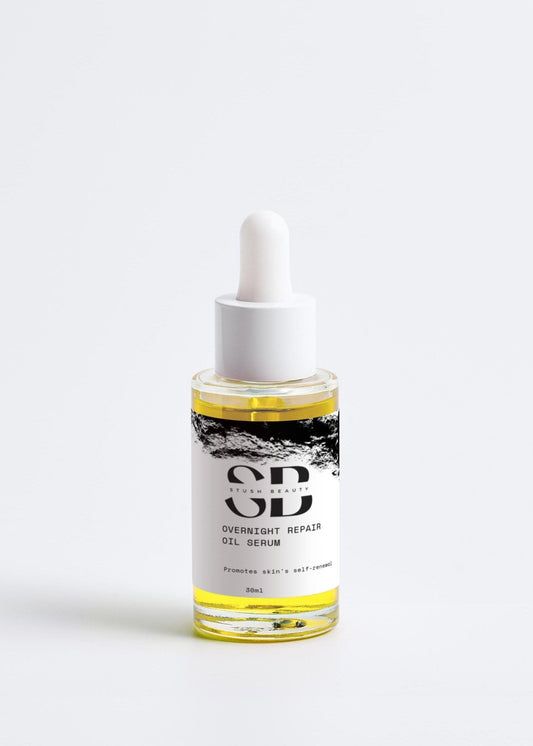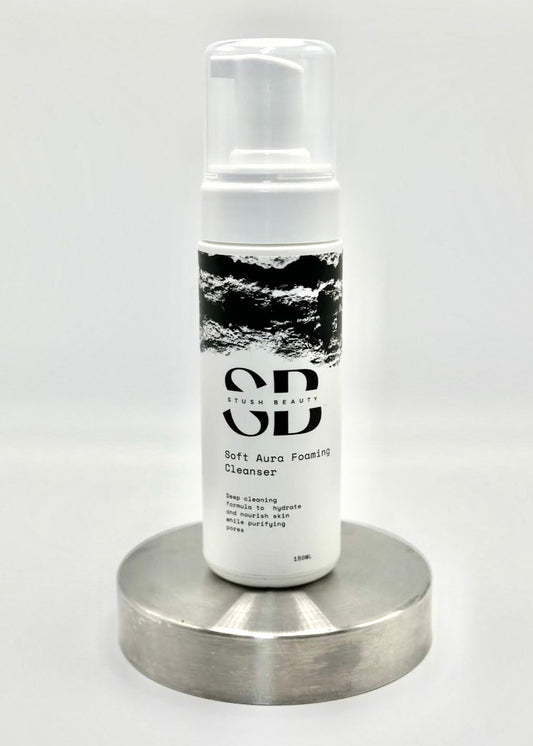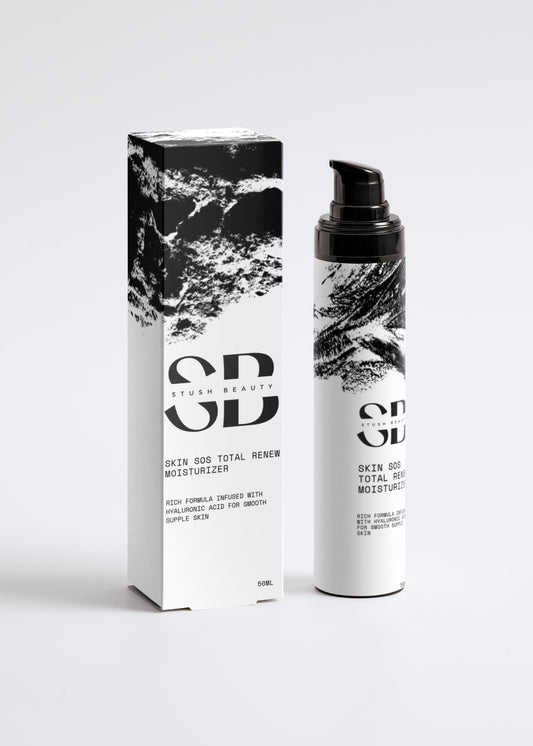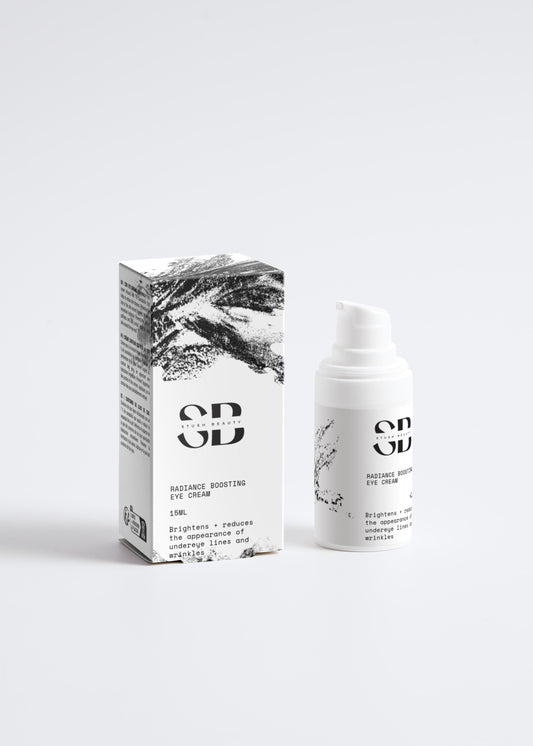Have you ever found yourself staring at the back of a skincare product, feeling completely overwhelmed by a long list of ingredients that might as well be written in a foreign language? You're not alone. Understanding skincare ingredient labels can be like deciphering a code, but fear not! With a little guidance, you can become fluent in skincare jargon and make informed choices about the products you use on your skin.
-
Start with the Basics: Before diving into the nitty-gritty details of individual ingredients, familiarize yourself with the basic categories commonly found in skincare products. These include cleansers, moisturizers, exfoliants, serums, and treatments.
-
Ingredients List: In most countries, skincare products are required to list their ingredients in descending order of concentration. This means that the first ingredient listed is the most abundant in the product, while the last ingredient is present in the smallest amount.
-
Active vs. Inactive Ingredients: Pay attention to the distinction between active and inactive ingredients. Active ingredients are the ones that provide the primary benefits or effects claimed by the product, such as sunscreen agents or acne-fighting compounds. Inactive ingredients, on the other hand, are often used as fillers, preservatives, or to enhance the texture and stability of the product.
-
Know Your "No-No" Ingredients: Certain ingredients have garnered a reputation for causing irritation or adverse reactions in some individuals. These include commonly avoided substances such as parabens, sulfates, synthetic fragrances, and certain alcohols. While not everyone will react negatively to these ingredients, it's worth being aware of them if you have sensitive skin or specific sensitivities.
-
Research: Don't be afraid to do some research on ingredients that you're unfamiliar with. There are numerous online resources, skincare forums, and apps dedicated to decoding skincare ingredient labels and providing insights into their efficacy and safety. Look for reputable sources and scientific studies to inform your decision-making process.
-
Consider Your Skin Type and Concerns: Different skin types and concerns may require different ingredients. For example, individuals with dry skin may benefit from products containing hyaluronic acid or ceramides to boost hydration, while those with acne-prone skin might look for ingredients like salicylic acid or benzoyl peroxide to combat breakouts.
-
Patch Test: Before fully incorporating a new product into your skincare routine, it's always wise to perform a patch test. Apply a small amount of the product to a discreet area of your skin (such as the inner forearm) and observe for any adverse reactions over the next 24-48 hours. This can help you identify potential sensitivities before applying the product to your face or body.
-
Seek Professional Advice: If you're unsure about which products or ingredients are best suited to your skin type and concerns, consider consulting a dermatologist or skincare professional. They can offer personalized recommendations based on your individual needs and help you navigate the sometimes overwhelming world of skincare.
In conclusion, reading skincare ingredient labels doesn't have to be daunting. By familiarizing yourself with common ingredients, understanding their roles and concentrations, and considering your skin type and concerns, you can make more informed choices about the products you use. Remember, skincare is not one-size-fits-all, so don't be afraid to experiment and find what works best for you.




